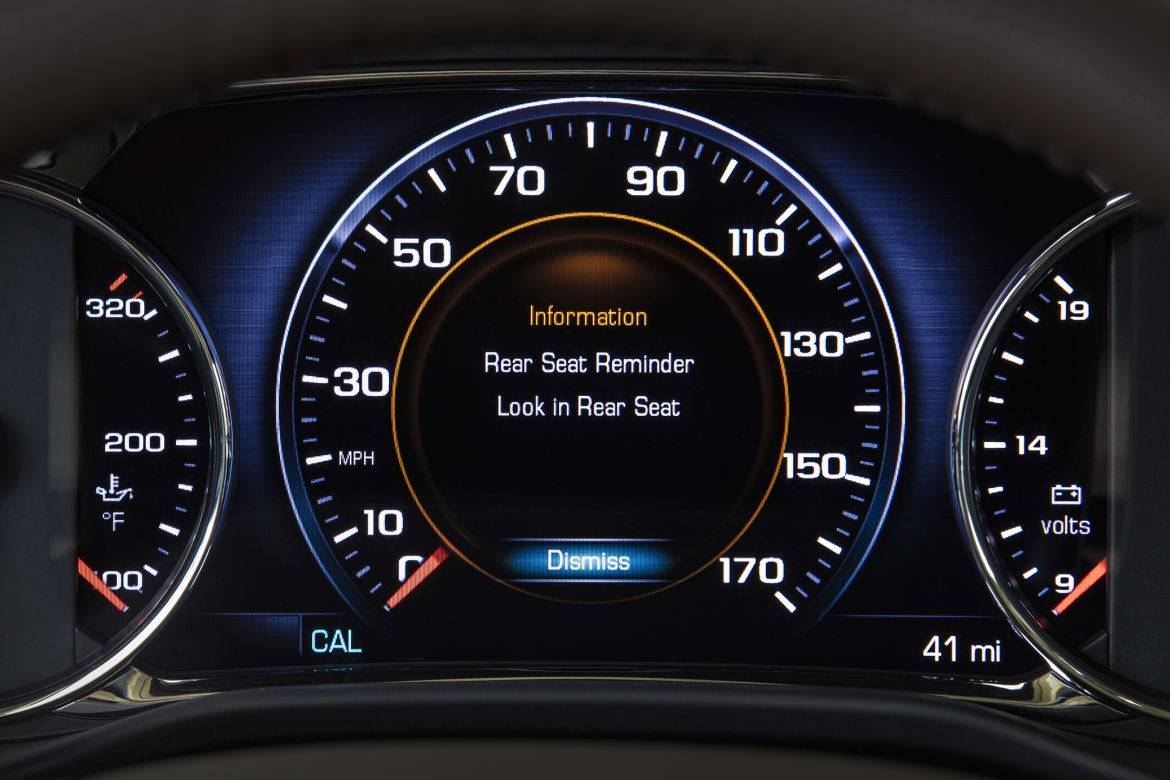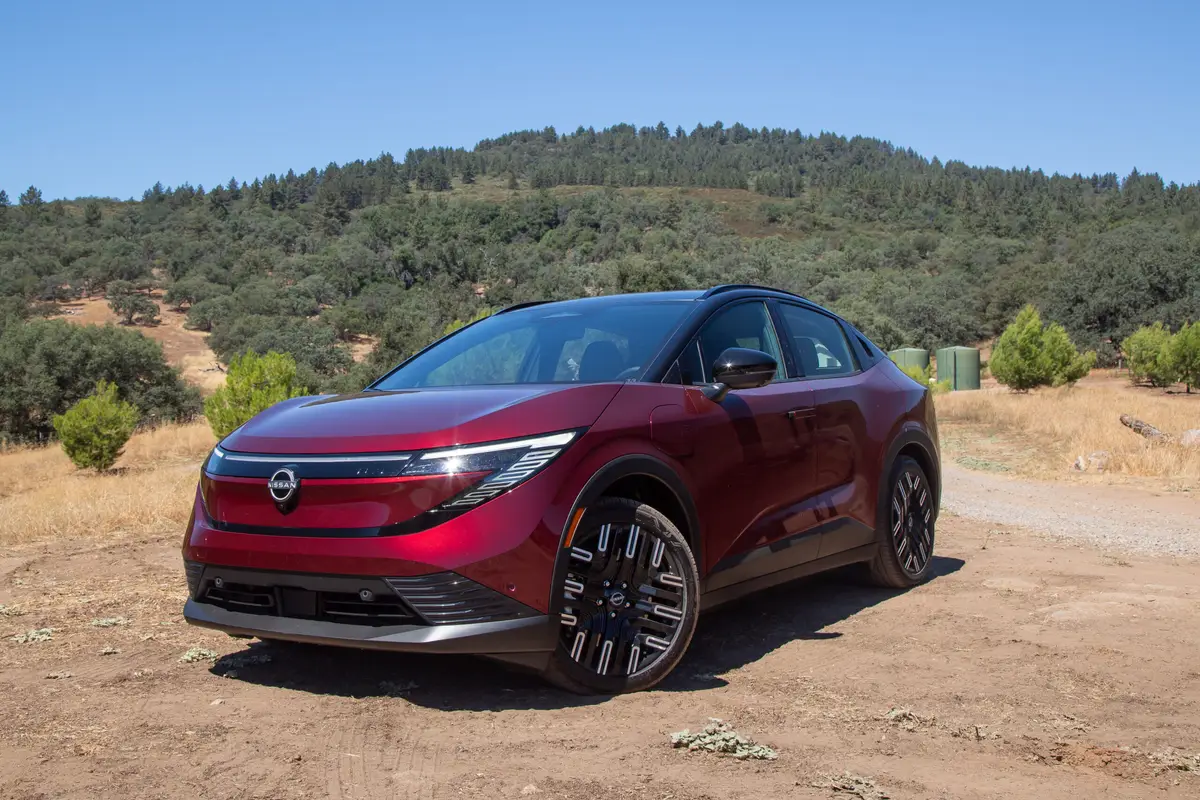Child Car Heatstroke Deaths Spike in 2016


CARS.COM — The life prison sentence without parole that began this week for a Georgia man convicted of leaving his toddler son to die in a hot SUV in 2014 serves as a late-year reminder about child heatstroke deaths in vehicles. In Justin Ross Harris’ case, the child’s death was determined to have been intentional — but for dozens of parents and caregivers in 2016, it was not.
Related: 2017 GMC Acadia’s Rear Seat Reminder Helps Prevent In-Car Heatstroke
This year alone, an alarming 39 children have died as a result of vehicular heatstroke, according to stats-tracking website NoHeatStroke.org — and the year isn’t over yet. As of the most recent count, the child heatstroke total for 2016 was up more than 60 percent from 2015, the highest in three years and one of nine times in nearly the past two decades it’s reached that level. During that period, heatstroke-attributed deaths have exceeded 39 five times, with 2010 being the worst with 49.
Think the death toll can’t grow now that winter weather has arrived in much of the country? Think again. Of the 700 children who have died in the past 19 years, nine have died in November and December. And in 2016, the lowest outside temperature in which a child died of vehicular heatstroke was 52 degrees, as vehicle temps on average can rise 19 degrees in just 10 minutes and 43 degrees in an hour.
Overall, the warm-weather states of the Western and Southern U.S. logically account for the most deaths, with Texas and Florida leading from 1998 to 2016 with 107 and 77, respectively. They are followed by California (45), Arizona (31), North Carolina (27), Georgia (27), Louisiana (24), Tennessee (23), Virginia (21) and Oklahoma (20). In the top half of the nation, the states that have experienced the most child-vehicular-heatstroke incidents for that time period are Ohio (18), Illinois (16), Maryland (14), New Jersey (12), Pennsylvania (11), and Kansas and Michigan (both 10).
In the majority of cases of child heatstroke fatality — 54 percent — parents simply forgot their child was in the car, according to NoHeatStroke.org.
“Babies sleep soundly, and parents are stressed, rushing to get to work or driving on autopilot, not tuned in to a new schedule or change of routine,” the National Safety Council said in a statement. “These horrendous incidents happen to people from all walks of life.”
To help combat child heatstroke tragedies, GM this year introduced its Rear Seat Reminder feature on the 2017 GMC Acadia. The system automatically prompts drivers, via chimes and a message on the instrument panel, to check the backseat for something or someone left out of sight and out of mind when the engine shuts off. Rear Seat Reminder monitors the rear doors, activating when either door is opened or closed when the vehicle is running or within 10 minutes of being started. The feature doesn’t actually detect rear passengers of car seats, however, so the driver still must check the backseat before exiting the car.
The automaker announced today that it is expanding the feature to nearly two dozen new models and three additional brands. These include the 2017 versions of the Buick LaCrosse sedan; Cadillac Escalade and Escalade ESV luxury SUVs, and CT6 luxury sedan; Chevrolet Cruze sedan and hatchback, Malibu sedan, Tahoe and Suburban SUVs, and Silverado and Colorado pickup trucks; and GMC Yukon and Yukon XL SUVs, and Sierra and Canyon pickup trucks. The 2018 models include the Cadillac XT5 SUV, CTS and CTS-V sedans, and ATS sedan; and the Chevrolet Equinox SUV.
“GM’s Rear Seat Reminder feature is an initial step to use technology to help remind drivers to check the rear seat before exiting the vehicle under certain conditions,” said Jeff Boyer, vice president of GM Global Vehicle Safety, in a statement. “We want to help everyone to take one simple, extra step.”
Other tips for preventing this eminently preventable tragedy are:
- Routinely keep a stuffed animal in the child’s seat then move it to the front seat after securing your child to serve as a visual reminder.
- Ensure your day care providers know to call parents or relatives if the child does not arrive.
- Never leave a child alone in a car, use drive-through services whenever possible and pay for gas at the pump to eliminate the temptation to leave the child “just for a moment.”
- Remember that children overheat four times faster than adults, and that children are likely to die when their body temperature reaches 107 degrees — which can occur in just minutes.
- Understand that, regardless of outside temperature, the average increase inside a vehicle is 3.2 degrees every five minutes.
- Remove a child from a vehicle immediately if you see one in distress (most states have good Samaritan laws).

Former Assistant Managing Editor-News Matt Schmitz is a veteran Chicago journalist indulging his curiosity for all things auto while helping to inform car shoppers.
Featured stories

Should Tesla Model Y Owners Get the New 2026?


2026 Nissan Leaf Review: Value Victory


